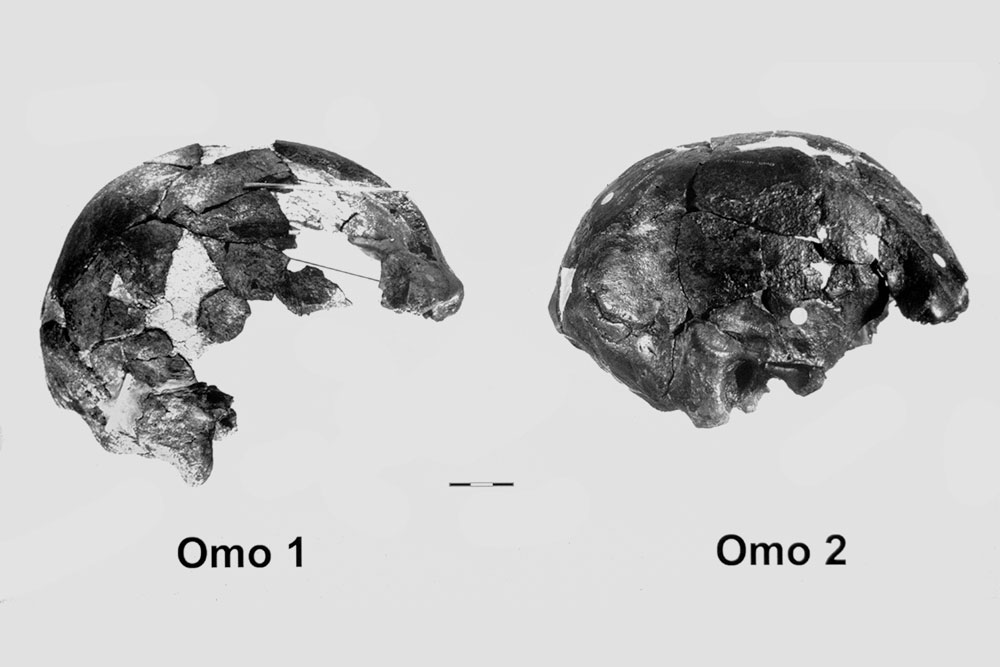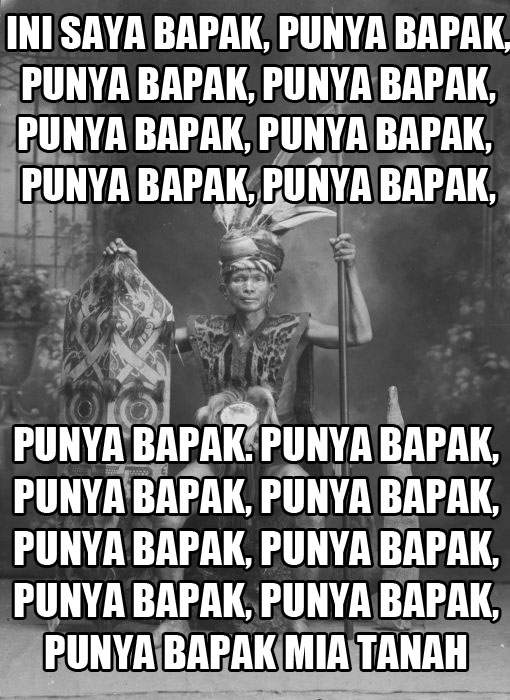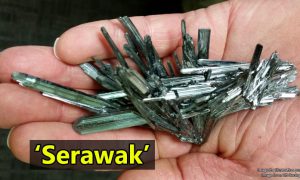Science says Sarawakians are the FIRST humans in Southeast Asia?
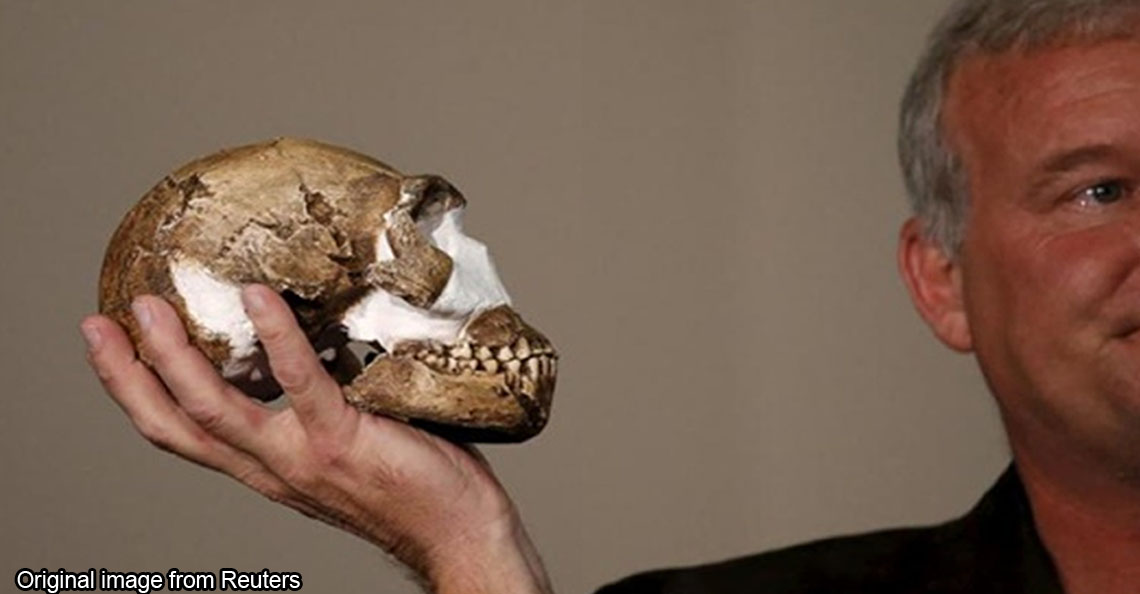
- 48.5KShares
- Facebook47.7K
- Twitter85
- LinkedIn11
- Email137
- WhatsApp512
*Untuk baca artikel ni dalam Bahasa Melayu, sila tekan sini!
[Update: After hearing feedback from many of our readers, we would like to apologise for our previous title. We understand it was quite misleading and we’ve since changed the title from “first humans in the world” to “first humans in Southeast Asia” to reflect the content of this article better. Thank you very much for your responses!]
Back in 1958, a couple of researchers were doing some Indiana Jones related work in Gua Niah, Sarawak. British researchers Tom and Barbara Harrisson Ford, had organised an archaeological expedition to do some excavating (fancy word for digging up old stuff, going through your closet doesn’t count) in what they called the “Hell Trench” (cos you know, Mat Sallehs can’t stand our weather).
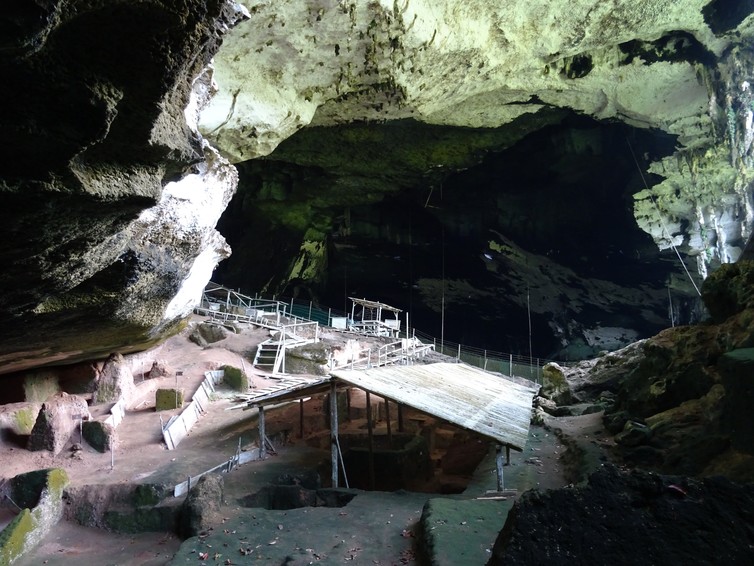
Excavation site in Gua Niah. Very different from the archaeology you see in Indiana Jones though. Image from theconversation.com
And just like Indiana Jones looking for the Kingdom of the Crystal Skull, these guys also actually found a very, very old skull in our turf.
Called the “Deep Skull”, this skull literally rocked the archaeological world back in 1958. According to world-archaeology.com, the oldest discovered human fossil at that time was the Cro-Magnon Man, which archaeologists said were from 33,000 BC. This Deep Skull fossil? 37,000 BC!
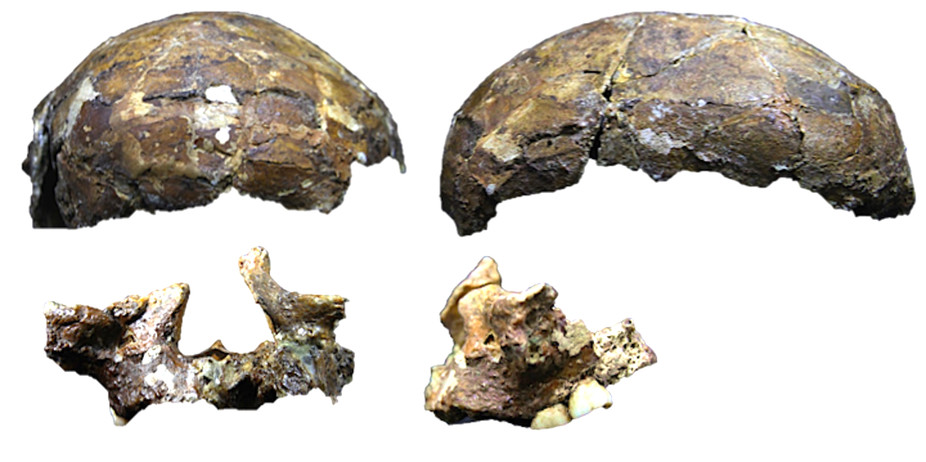
We know they look nothing like skulls here….but they are. Part of a skull anyway. Image from theconversation.com
BC (Before Christ) and AD (Anno Domini) are used to measure years. It uses the birth of Jesus Christ as a marker, hence anything that happen before His birth is referred to as BC, and anything after as AD. So 40,000 BC is 40,000 years BEFORE the birth of Christ. Alternately, people also use BCE and CE. And since it is now 2016 AD, you can determine the age of something by looking at its BC year, plus 2016 years.
But what’s so special about this old skull? Well, it’s because recently there have been some new revelations about it that could change history.
Wait, if the skull was discovered in 1958, why is it only changing history now??
Because an angmoh researcher got almost everything wrong about the Deep Skull
So after the 2 Harrissons had discovered the skull, it ended up being analysed by a particular British anthropologist (the study of human societies, not ants), Professor Don Brothwell. In 1960, Brothwell drew a few conclusions about who the skull belonged to:
- Indigenous Australian
- Adolescent male
But his conclusions may not have been right after all, because for some reason, his conclusions went untested…until recently!
“Brothwell’s ideas have been highly influential and stood largely untested, so we wanted to see whether they might be correct after almost six decades.” – UNSW Australia Associate, Professor Darren Curnoe, as quoted by Popular Archaeology
So quite literally, this group went digging up bones. For science, of course. And these are what they concluded about the Deep Skull:
Indigenous AustralianIndigenous BorneanAdolescent maleMiddle-aged female
The team from UNSW determined this by comparing the Deep Skull with skulls of people from the region, which showed little similarities to the skulls of Indigenous Australians, and a much closer similarity to the skulls of Borneans.

We dont really know how they are the same but scientists say so la. Original image from theconversation.com
“We’ve found that these very ancient remains most closely resemble some of the indigenous people of Borneo today, with their delicately built features and small body size, rather than indigenous people from Australia.” – UNSW Australia Associate, Professor Darren Curnoe, as quoted by thescienceexplorer.com
Which means the people of Borneo have been there for almost 40,000 years!
OMG could the Orang Asal of Sarawak actually be the… Orang Asal of the world?!
Well, “in the world” is an overstatement la. Actually it’s more like Southeast Asia.
The deep skull (and the other human remains that dug up in Gua Niah in 1958) really were the oldest human remains discovered in the world UNTIL 1967, when a couple of older fossils were discovered in the Omo River in Ethiopia.
And guess what, while the Deep Skull has been said to be from 37,000 BC, these bones are said to be from about 193,000 BC (195,000 years old)! These remains, and many other things, point to humans actually originating from Africa. It’s something called the “Out of Africa” theory. And in case you didn’t know, Ethiopia is located in Africa.
So although science does say that the Deep Skull is the oldest human remains in Southeast Asia, it’s actually REALLY FAR OFF from the being the earliest set of human remains in the world. And speaking of Southeast Asia…..
The skull does help explain when humans first arrived in Southeast Asia
So the age of the Deep Skull actually isn’t what makes these new revelations interesting, but rather the origins of the skull itself. By determining that the skull actually belonged to a Bornean rather than an Australian, it may actually disprove a theory called the “Two-Layer Hypothesis” which is a theory that says that the first humans to come in Southeast Asia were actually orang asal from Australians and New Guinea.
And according to this theory, the indigenous people of Borneo have been there for only 3,000 years.
BUT now that this skull has been identified as belonging to a Bornean, this would mean that the indigenous people of Borneo have been there for 39,000 years (because 37,000 BC)! And that means that the people in Sabah and Sarawak are the oldest people group in not just Malaysia but the WHOLE of Southeast Asia!
That may not even be the end of what we could learn from the Deep Skull, as the Director of the Sarawak Museum Department puts it.
“It is exciting to think that after almost 60 years there’s still a lot to learn from the Deep Skull — so many secrets still to be revealed.” – Ipoi Datan, Director of the Sarawak Museum Department, as quoted by thescienceexplorer.com
And if these old bones really can tell us the history of the human race, what’s there to not be excited about? 😀

- WUUT? KEDAH HAS THE OLDEST CIVILISATION IN SOUTH-EAST ASIA!?
- IS THIS REALLY A HUMAN-GOAT BABY FROM JOHOR? WE ASK SCIENCE!
- WAH, MALAYSIANS MADE EGGS STAND DURING SOLAR ECLIPSE! BUT HOW!?
- 48.5KShares
- Facebook47.7K
- Twitter85
- LinkedIn11
- Email137
- WhatsApp512


